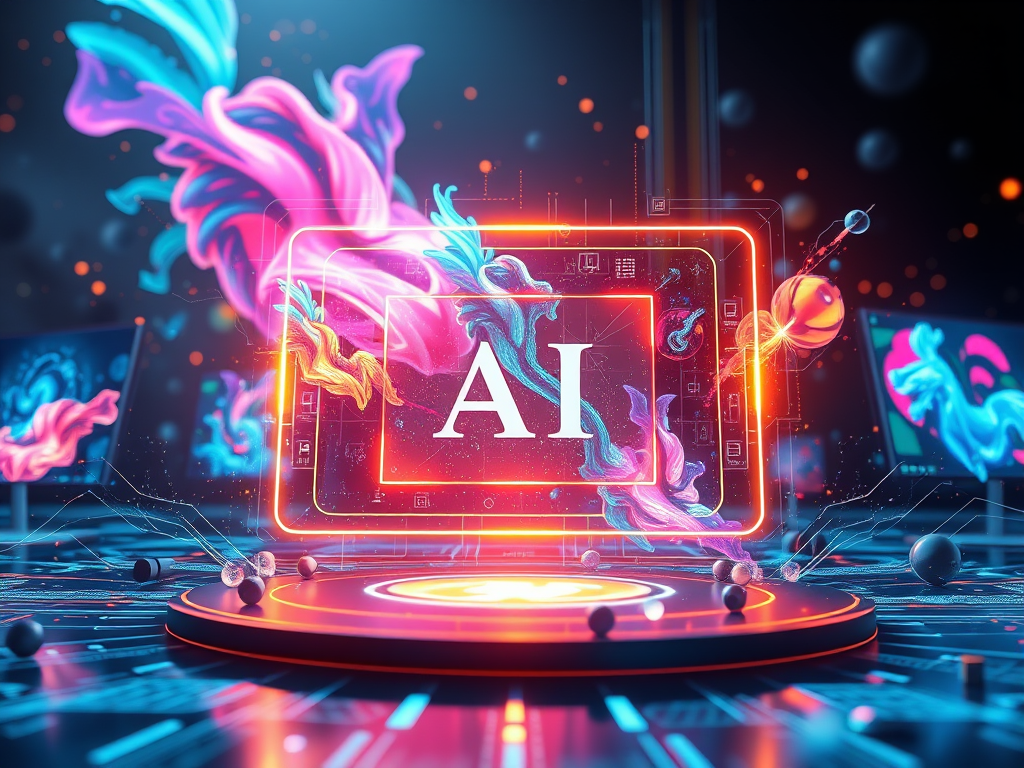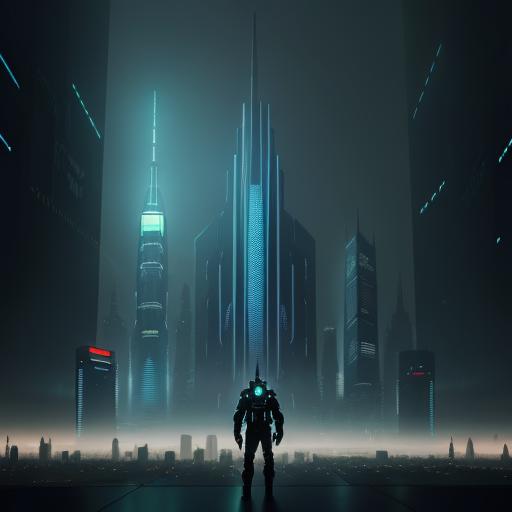Looking to master the art of AI image generation? Creating beautiful artificial intelligence artwork starts with crafting effective prompts – the essential instructions that guide AI models to bring your vision to life. In this comprehensive guide, we’ll explore proven techniques for crafting an ai art prompt that will help you generate amazing AI art using popular tools like Midjourney, DALL-E, and Stable Diffusion.
Key Point Summary
- AI Art Basics: Text prompts drive AI image creation; effective prompts need details on subject, style, color, composition, and mood.
- Prompt Techniques: Use descriptive language, reference art styles, and specify visual elements to guide the AI.
- Platform Tips:
- Midjourney: Use
imagine,stylize, aspect ratios, and quality parameters. - DALL-E: Specify “digital art,” resolution, style, and artist influences.
- Stable Diffusion: Use quality boosters, negative prompts, sampling methods, and generation settings.
- Midjourney: Use
- Optimization: Enhance resolution and detail; use quality flags and clarity boosters; maintain style with consistent references.
- Troubleshooting: Fix blurriness, inconsistencies, and composition issues by adding detail and quality specifications.
- Applications: Use AI art for branding, marketing, portfolios, and exhibitions.
- Best Practices: Use templates, build prompt libraries, create style guides, and engage with the AI art community.
- Future-Proofing: Stay updated with AI model capabilities, prompt techniques, and platform changes; practice and refine your skills.
- Key Point Summary
- Understanding AI Image Generation Fundamentals
- Mastering Prompt Engineering Techniques
- Advanced AI Art Generation Strategies
- Platform-Specific Optimization Techniques
- AI Image Generation Tool
- Real-World AI Art Examples: From Basic to Beautiful
- Technical Optimization Strategies
- Troubleshooting AI Art Generation
- Advanced AI Art Applications
- Best Practices for AI Art Creation
- Future-Proofing Your AI Art Skills
- Conclusion: Mastering AI Art Generation
Understanding AI Image Generation Fundamentals
The Science Behind AI Art Creation
Just like traditional artists need clear instructions – such as a description of the subject, style, and setting – AI art generators rely on well-crafted prompts to translate words into stunning digital artwork. These machine learning models understand natural language and convert your text descriptions into visual elements.
Essential Elements of Effective AI Art Prompts
A great prompt includes:
- Subject description: Specify what you want to see.
- Art style references: Mention styles like digital art, oil painting, etc.
- Color palette specifications: Define colors to create mood and harmony.
- Composition guidelines: Describe spatial arrangements.
- Mood and atmosphere indicators: Suggest the tone or feeling of the piece.
Mastering Prompt Engineering Techniques
Descriptive Language Optimization
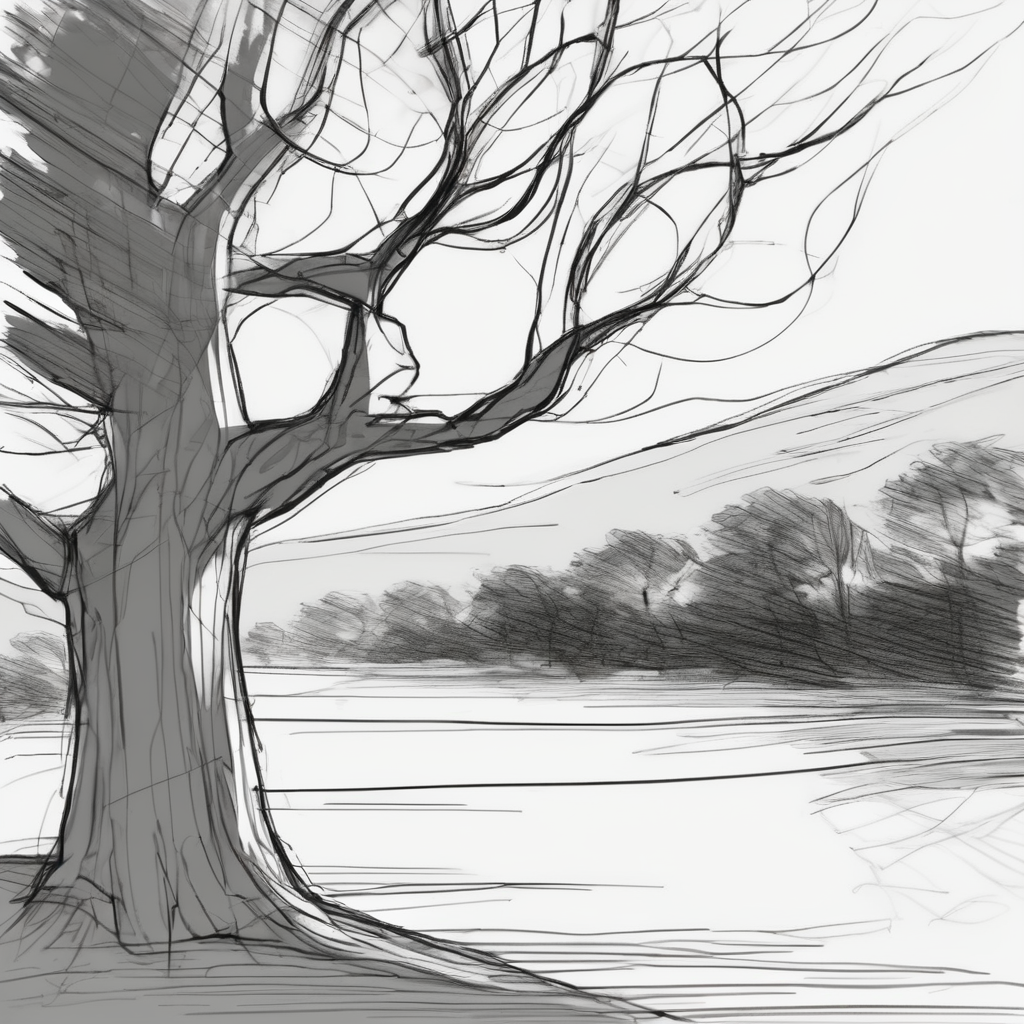
Instead of writing “draw a tree,” try:
- “Create an ancient weeping willow with twisted branches.”
- “Generate a blooming cherry blossom tree in springtime.”
- “Design a magical tree with glowing blue leaves.”
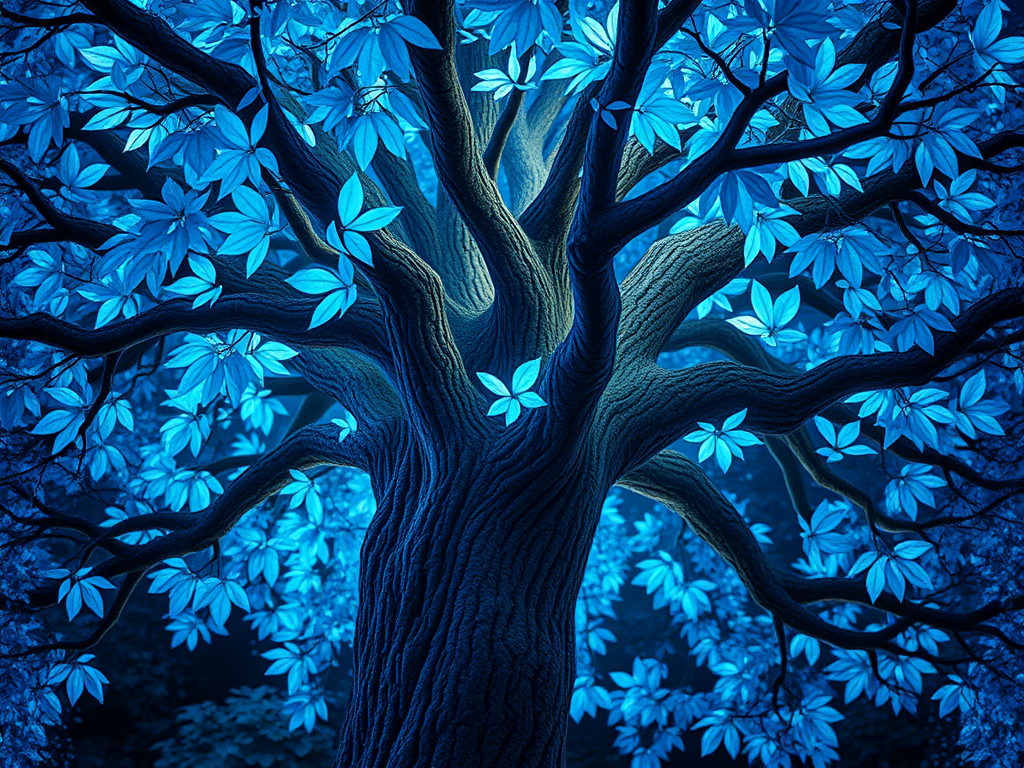
Visual Style Implementation
Reference specific art movements and techniques:
- Impressionist painting techniques
- Digital concept art aesthetics
- Photography composition rules
- Contemporary illustration styles
Advanced AI Art Generation Strategies
Composition Framework Development
Break complex scenes into manageable elements:
- Foreground subject placement: For example, place a person or object of focus in the foreground to draw attention.
- Middle-ground detail distribution: Include elements like trees or buildings to add depth.
- Background atmosphere creation: Use mountains, skies, or distant landscapes to set the scene.
- Lighting direction and intensity: Specify a golden hour glow or dramatic shadows to enhance mood.
Color Theory Application
Specify color relationships:
- Complementary color schemes
- Analogous palette selections
- Monochromatic variations
- Split-complementary arrangements
Platform-Specific Optimization Techniques
Midjourney Command Optimization
Enhanced prompting for Midjourney:
- Use the “imagine:” prefix.
- Implement “–stylize” parameters.
- Apply aspect ratio controls.
- Utilize quality enhancement flags.
Prompt Example Midjourney:
“imagine: a serene forest clearing bathed in golden-hour light, with a crystal-clear stream reflecting the vibrant colors of autumn leaves, gentle mist rising in the background, highly detailed –stylize 50 –ar 16:9 –q 2”
DALL-E Prompt Refinement
DALL-E specific strategies:
- Incorporate “digital art” specifications.
- Add resolution qualifiers.
- Include style references.
- Implement artistic influences.
Prompt Example:
“Digital art of a serene beach at sunrise with soft pastel hues of pink and orange in the sky, gentle waves lapping at the sandy shore, a single palm tree leaning over the water, inspired by the dreamy landscapes of Claude Monet, ultra-high-resolution, 4K quality.”
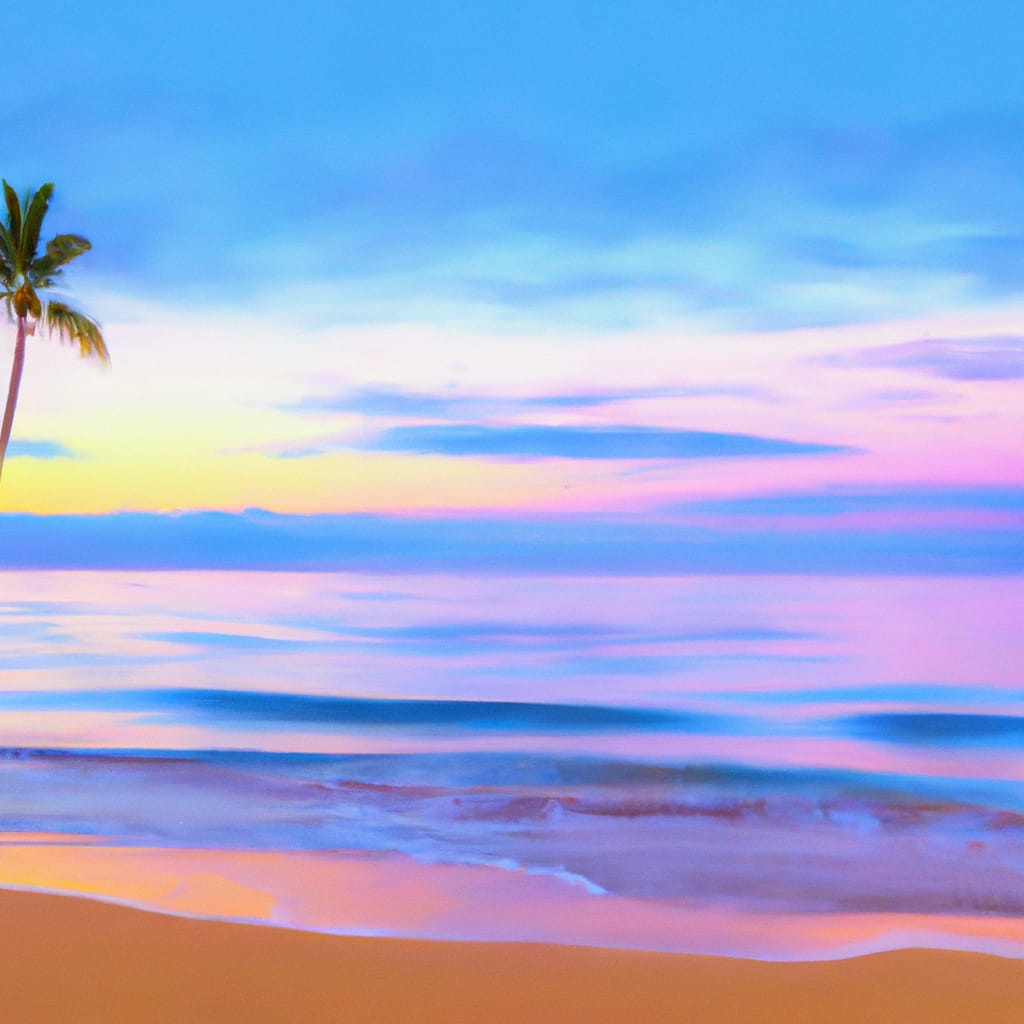
Stable Diffusion Enhancement Methods
Maximize Stable Diffusion results:
- Apply quality boosters.
- Utilize negative prompting.
- Implement sampling techniques.
- Specify generation parameters.
Prompt:
“A highly detailed and photorealistic portrait of a serene forest elf with glowing blue eyes, intricate silver jewelry, and flowing emerald-green hair, surrounded by magical fireflies in a mystical enchanted forest at twilight. Ultra-realistic, 8K resolution, cinematic lighting, soft bokeh, intricate details, vibrant colors, and a dreamy atmosphere.”
Quality Boosters:
“masterpiece, best quality, ultra-detailed, sharp focus, high resolution, 8K, HDR, photorealistic, cinematic lighting, intricate details, vibrant colors, professional artwork, ultra-realistic, hyper-detailed, stunning composition.”
Negative Prompt:
“blurry, low quality, low resolution, pixelated, distorted, oversaturated, washed out, cartoonish, unrealistic, poorly drawn, bad anatomy, extra limbs, disfigured, out of focus, text, watermark, artifacts, jpeg artifacts, grainy, noisy.”
Sampling Technique:
“Euler a (ancestral)”
or
“DPM++ 2M Karras”
Generation Parameters:
“Steps: 50, CFG Scale: 7, Seed: [your seed number], Width: 1024, Height: 768, Model: [your preferred model, e.g., ‘RealisticVisionV5’]”
Use our Tool to Create your Prompts
Prompts made easy – use our free tool below:
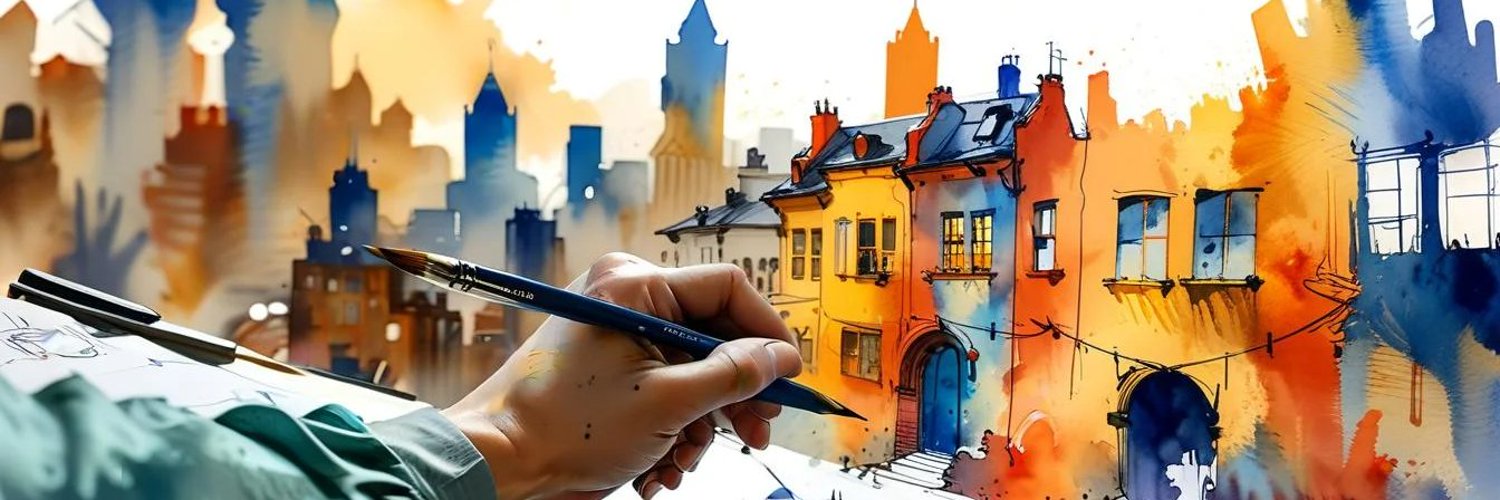
AI Image Generation Tool
Create stunning AI-generated images for your projects using our prompt builder. This tool helps you craft the perfect prompts for Midjourney, DALL-E, or Stable Diffusion.
How to Use:
- Select your preferred AI image generation tool
- Fill in the base prompt describing your desired image
- Customize additional parameters
- Copy the generated prompt and use it in your chosen AI tool
Final Prompt
Real-World AI Art Examples: From Basic to Beautiful
Discover how small changes in your prompts can transform AI-generated art from ordinary to extraordinary. These examples will show you step-by-step improvements to inspire your creative process.
Creating Amazing AI Portraits
Starting prompt: “Woman with red hair”
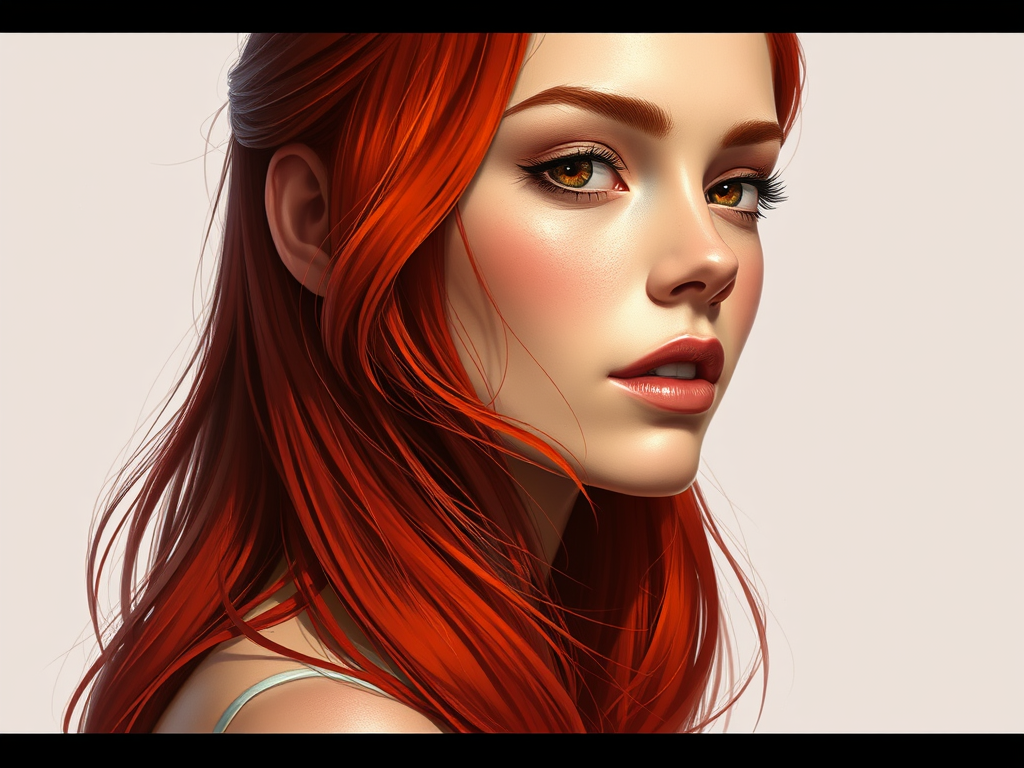
- Result: Basic, generic portrait.
Better prompt: “Young woman with flowing red hair and green eyes”
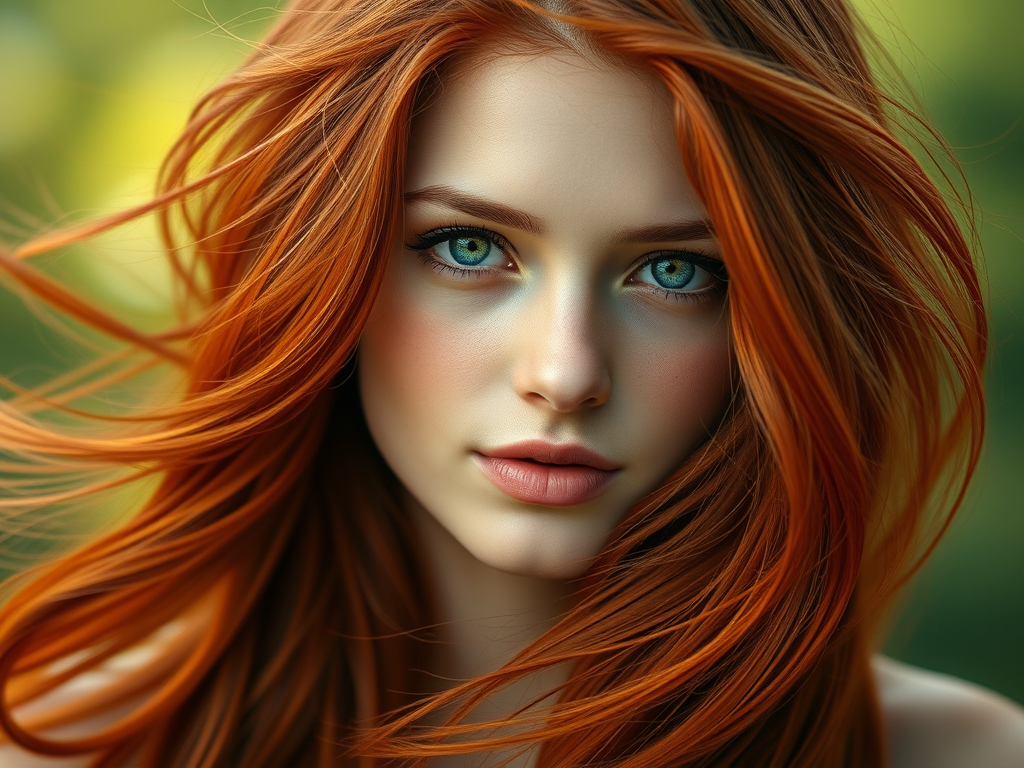
- Result: Adds details but remains simple.
Best prompt: “Close-up portrait of a young woman with wavy copper-red hair and bright emerald eyes, soft natural lighting like a magazine photo, smooth skin texture, professional photography style, inspired by Annie Leibovitz portraits”
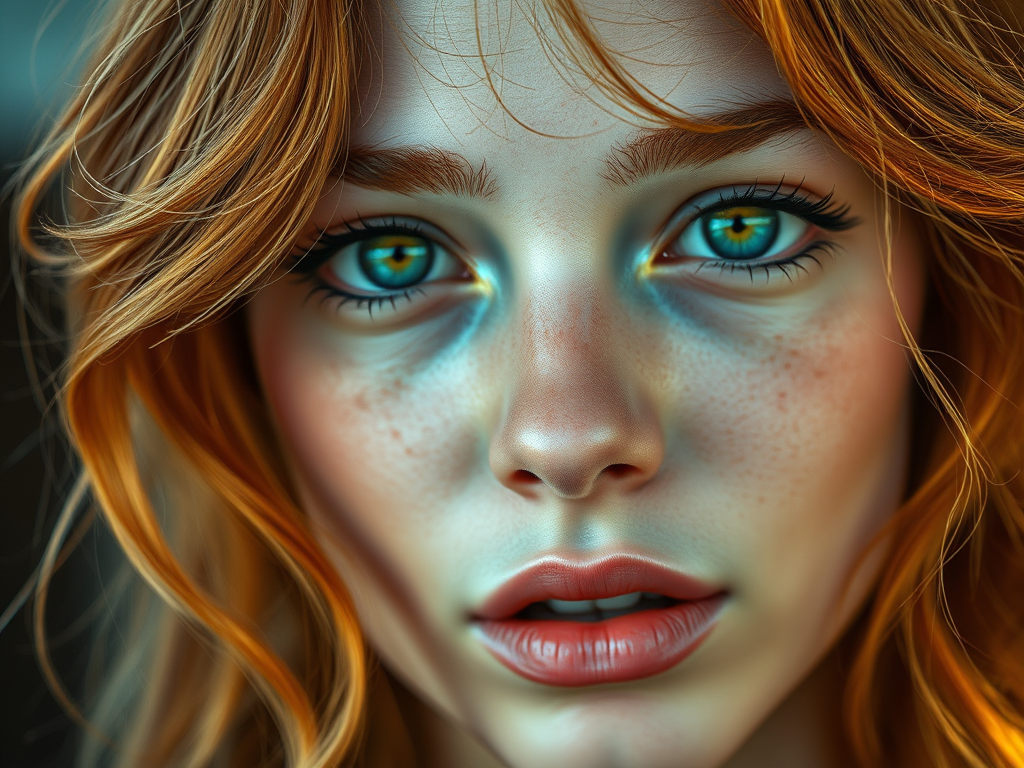
- Result: A stunning, professional-looking portrait.
Creating Breathtaking Landscapes
Starting prompt: “Mountain lake”
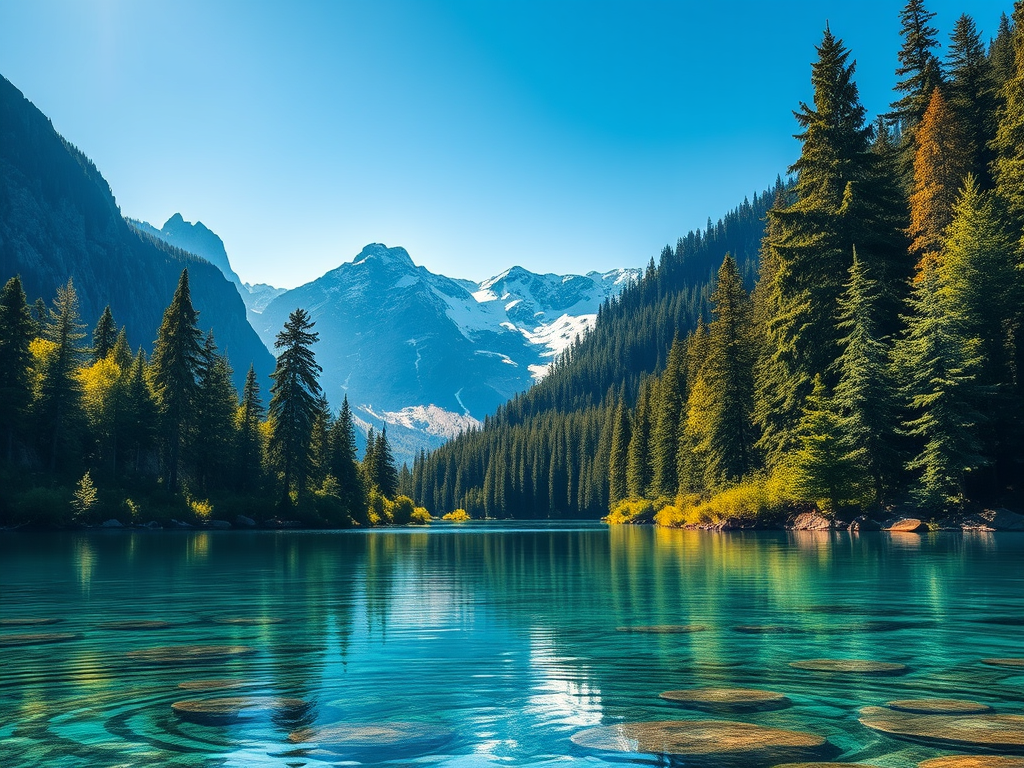
- Result: Basic landscape.
Better prompt: “Mountains and lake at sunset”
- Result: Improved but lacks uniqueness.
Best prompt: “Peaceful mountain lake at golden hour, tall snow-capped peaks reflecting in crystal-clear water, warm sunset colors painting the clouds pink and orange, pine trees dotting the shoreline, inspired by National Geographic photography”
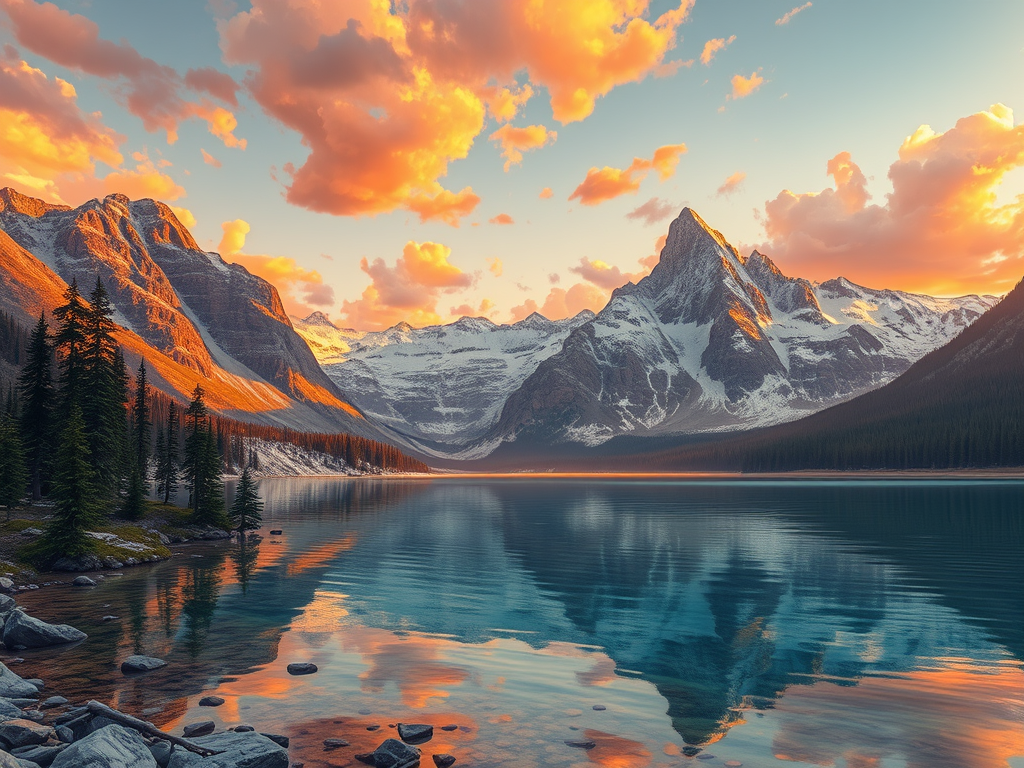
- Result: A frame-worthy scene.
Making Cool Abstract Art
Starting prompt: “Colorful abstract art”
- Result: Often messy and random.
Better prompt: “Abstract art with blue and gold shapes”
- Result: More controlled but basic.
Best prompt: “Modern abstract art with flowing curves and geometric shapes in deep blue, gold, and white, inspired by Kandinsky’s Composition VIII, digital art style with clean lines and smooth gradients”
- Result: Professional abstract art.
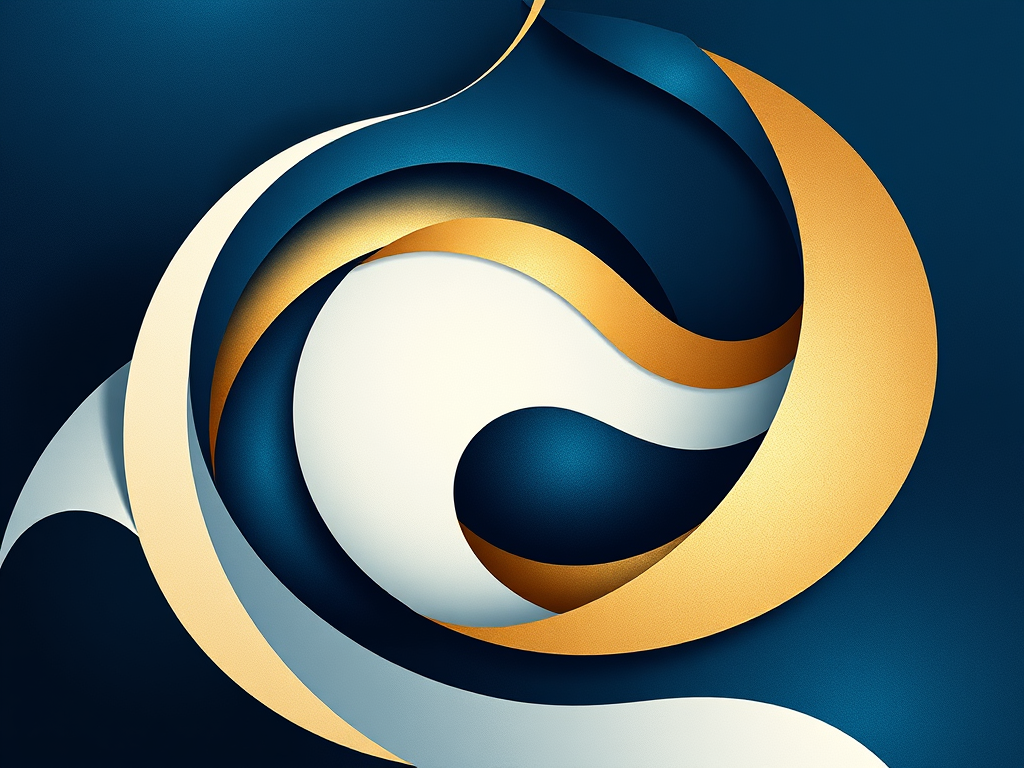
Technical Optimization Strategies
Resolution Enhancement Methods
Improve image quality:
- Specify high-resolution output.
- Include detail enhancement terms.
- Apply quality optimization flags.
- Implement clarity boosters.
Style Consistency Techniques
Maintain cohesive aesthetics:
- Reference specific artists.
- Use consistent style descriptors.
- Apply unified artistic approaches.
- Maintain visual language consistency.
Troubleshooting AI Art Generation
Common Issues Resolution
Address frequent challenges:
- Fix blurry output problems.
- Correct style inconsistencies.
- Resolve composition issues.
- Improve detail generation.
Quality Improvement Protocol
Systematic enhancement steps:
- Add detail specifications.
- Implement quality markers.
- Apply style reinforcement.
- Optimize composition elements.
Advanced AI Art Applications
Commercial Usage Optimization
Professional implementation:
- Align with brand style.
- Create marketing materials.
- Visualize products.
- Develop corporate identity.
Artistic Project Integration
Creative applications:
- Portfolio development.
- Mixed media projects.
- Digital art collections.
- Exhibition preparation.
Best Practices for AI Art Creation
Workflow Optimization
Efficient creation process:
- Develop templates.
- Build a prompt library.
- Create a style guide.
- Document results.
Community Engagement Strategies
Learning from others:
- Join AI art communities.
- Share successful prompts.
- Analyze trending techniques.
- Collaborate with other artists.
Future-Proofing Your AI Art Skills
Emerging Trends Adaptation
Stay current with:
- New AI model capabilities.
- Advanced prompt techniques.
- Innovative style approaches.
- Platform updates.
Continuous Improvement Methods
Ongoing development:
- Regular practice sessions.
- Technique refinement.
- Style experimentation.
- Result analysis.
Conclusion: Mastering AI Art Generation
Success in AI art creation comes from understanding prompt engineering fundamentals, practicing advanced techniques, and staying current with platform developments. Mastering these skills empowers you to produce visually compelling, unique, and professional-quality AI-generated artwork that truly stands out. By implementing these strategies and continuously refining your approach, you’ll be well-equipped to create stunning AI-generated artwork that stands out in the rapidly evolving digital art landscape.
Start your AI art journey today by implementing these proven strategies and watching your creative vision come to life through artificial intelligence.

